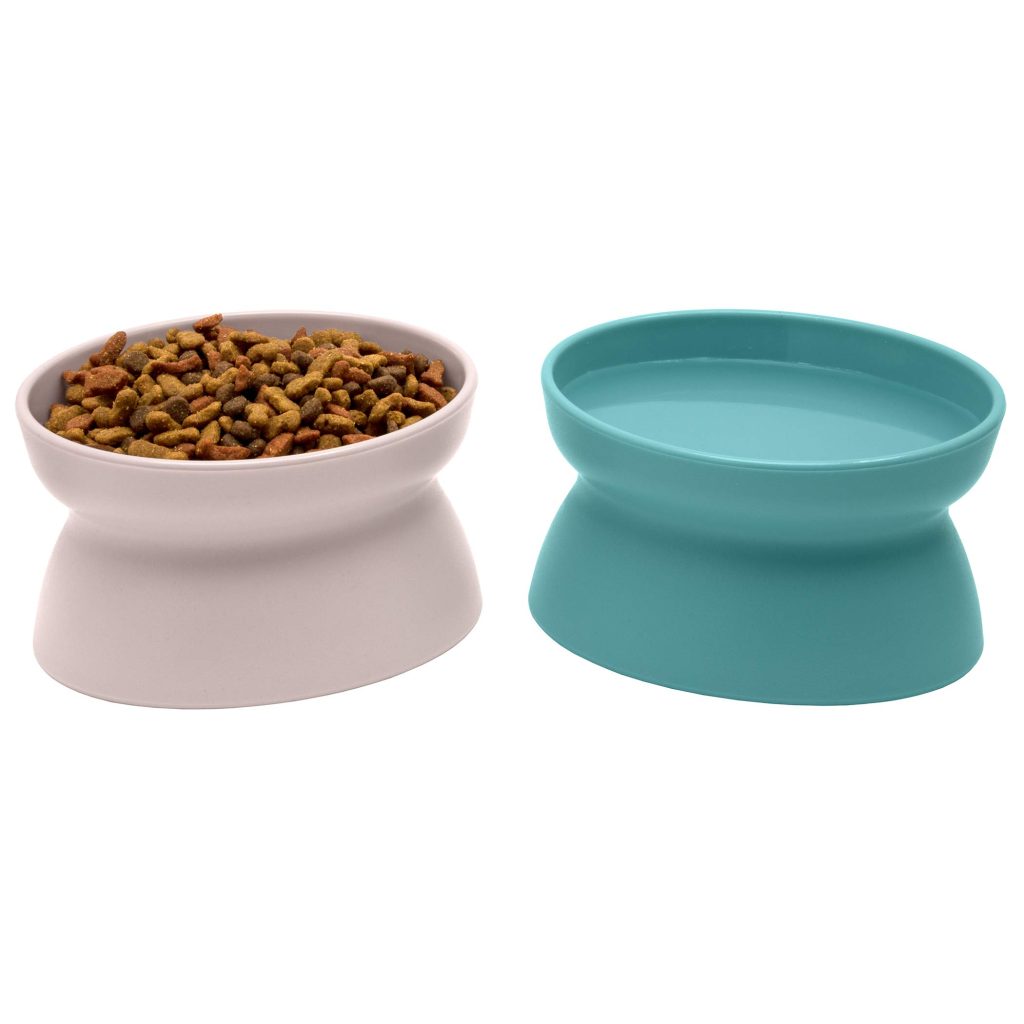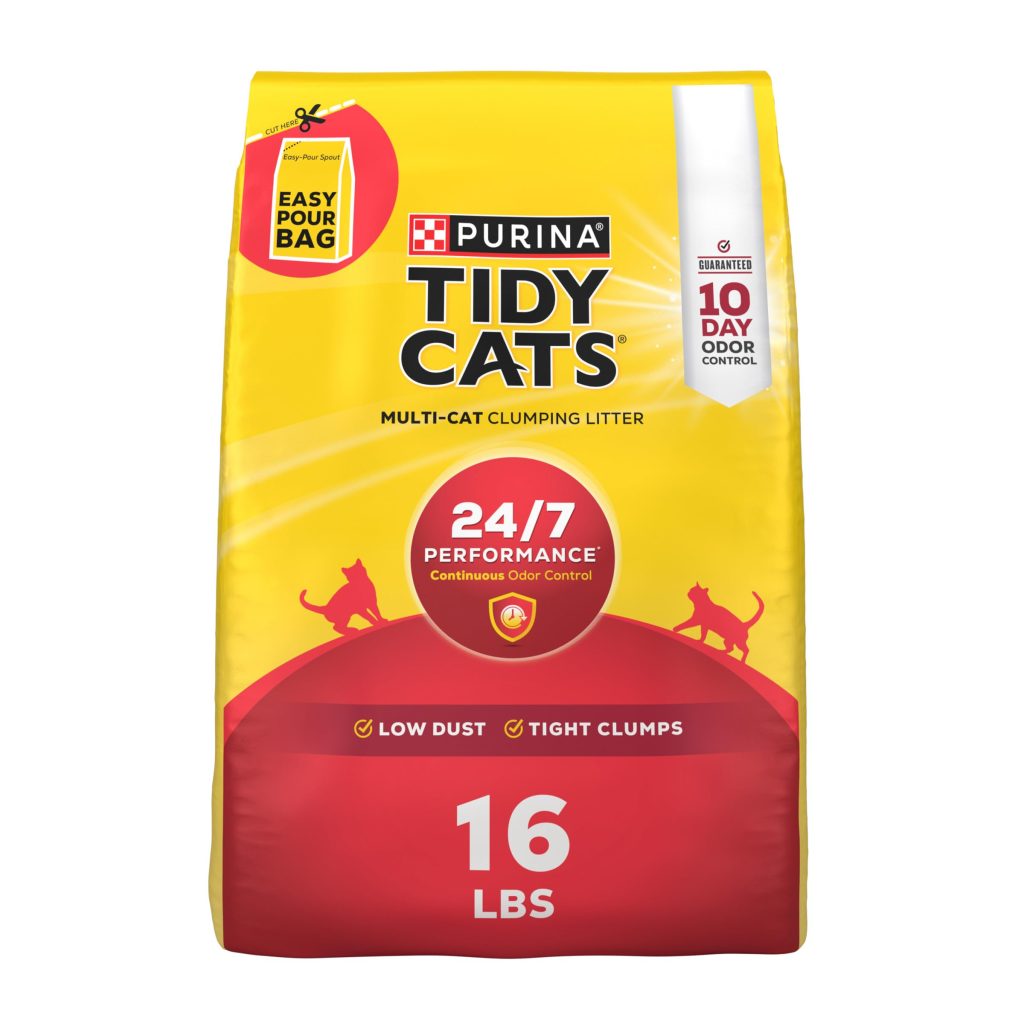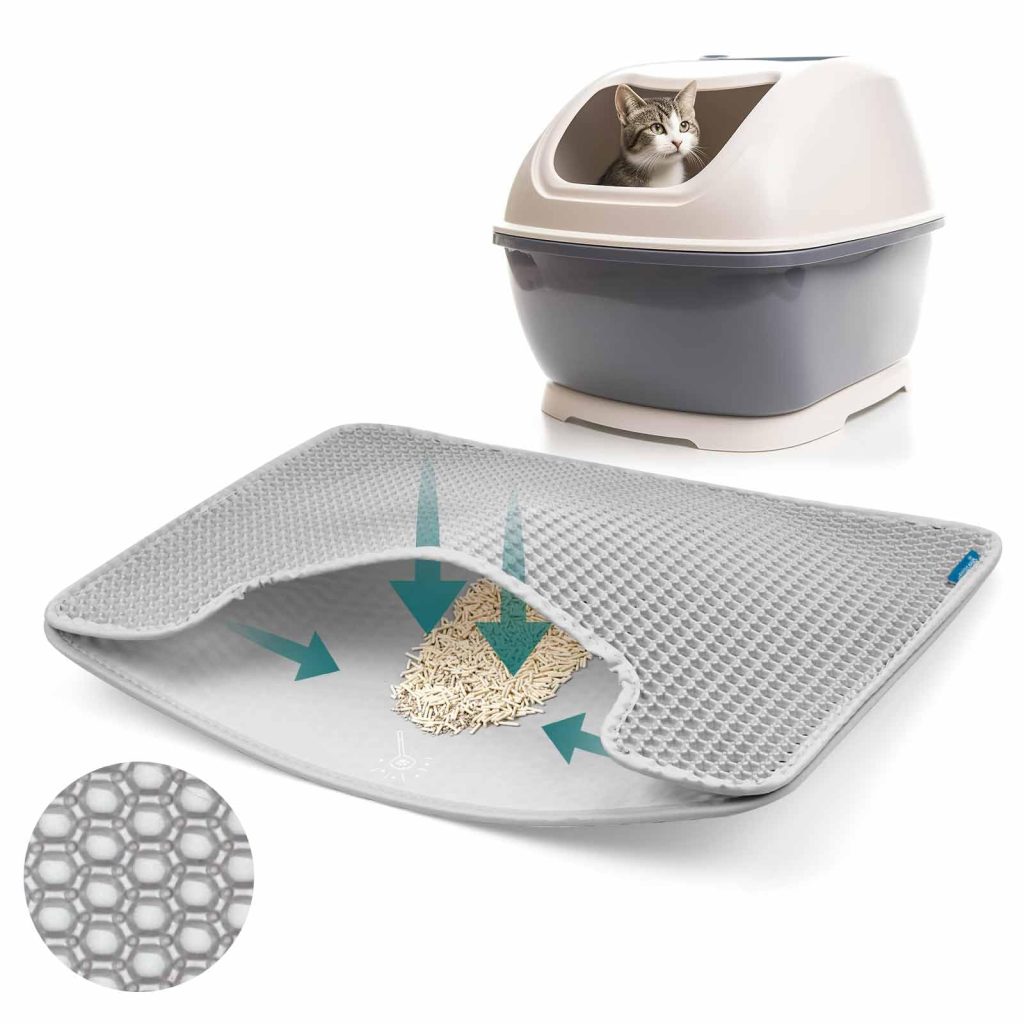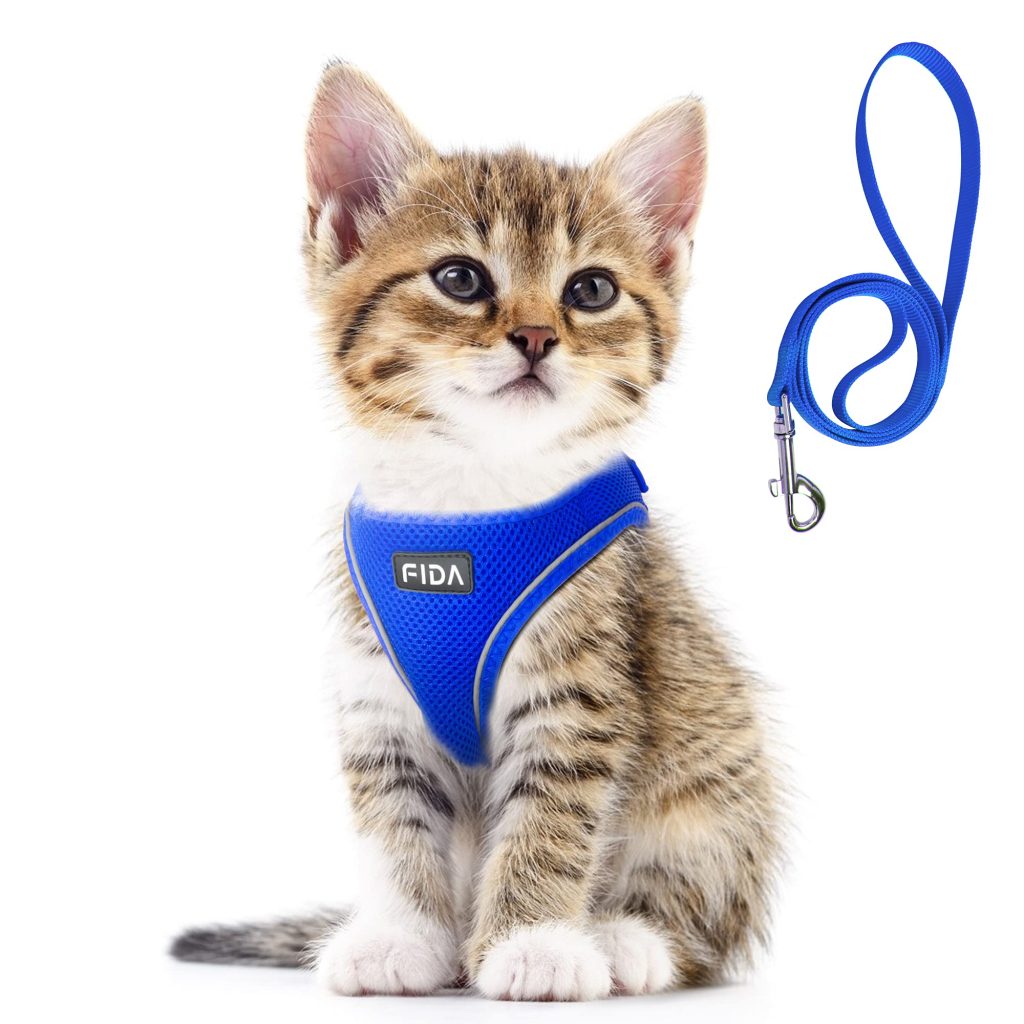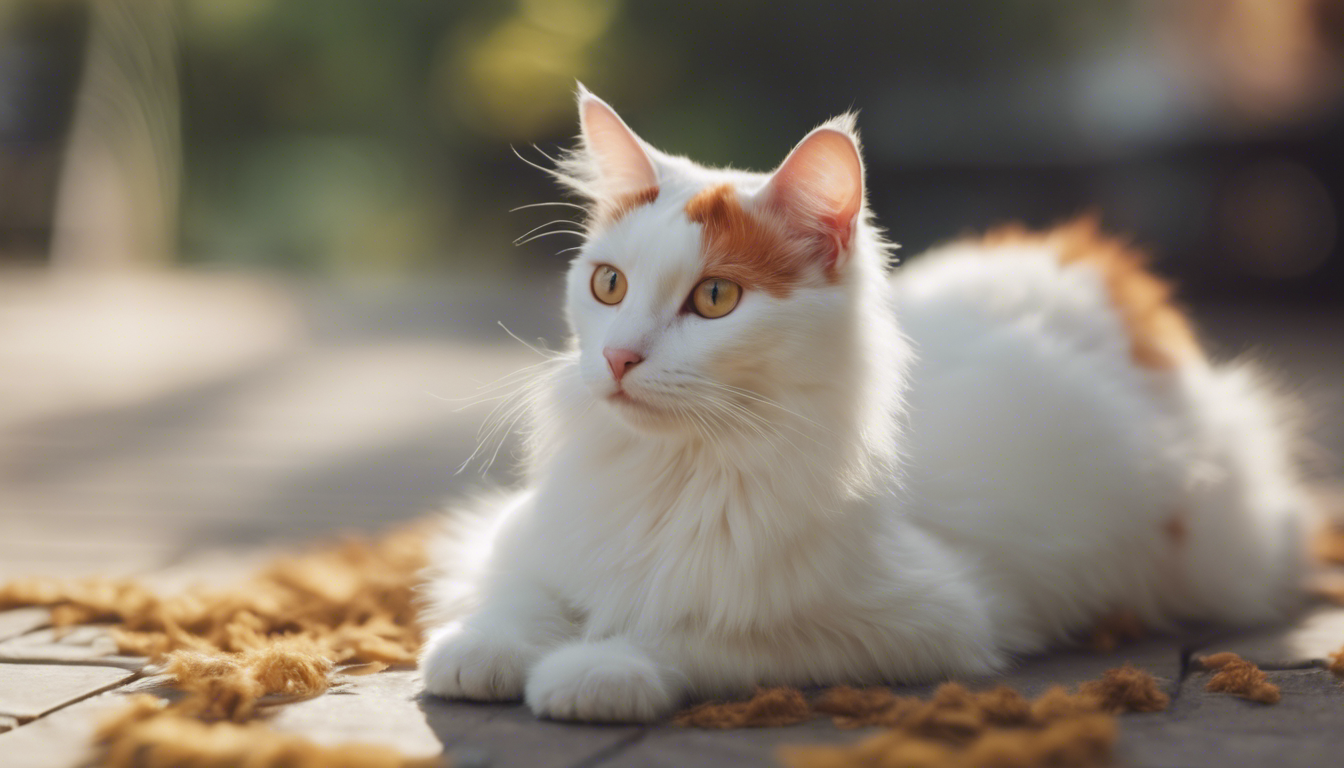
Origins and History of the Turkish Van Breed
The Turkish Van is a cat breed with a heritage as storied and fascinating as the lands from which it hails. The breed originates from the rugged, remote, and beautiful region surrounding Lake Van in eastern Turkey, hence its name. Often referred to as the “swimming cat,” the Turkish Van is unique among felines for its love of water.
These cats have been admired for centuries in their native land, not only for their striking looks but also for their robust nature. Legends suggest that this breed dates back to the times of Noah’s Ark which, according to biblical tradition, came to rest on Mount Ararat in eastern Turkey—a stone’s throw from the Lake Van region. Local folklore boasts that these cats were among the first creatures to leave the Ark, settling in the area and taking to the water as lovers of the lake.
It wasn’t until the mid-20th century that the breed captivated Western cat enthusiasts. The Turkish Van was brought to Europe by Laura Lushington and Sonia Halliday, two British women who traveled to Turkey on a photographic assignment and returned with a pair of these stunning cats. They were enamored by their distinct patterning and notably different behaviors compared to other domesticated cats. Thus began the journey of the Turkish Van in capturing hearts outside of their native land.
As a natural breed, the Turkish Van has been subject to minimal human interference, evolving over generations to adapt to the harsh climate of eastern Turkey. Their history is steeped in survival and adaptation, making them a breed with a tale as vivid and impressive as their physical appearance. The Turkish Van was officially recognized by various feline associations in the last few decades, marking its transition from regional treasure to international feline celebrity.
This breed’s historical standing in Turkey is so revered that they’re considered a national treasure, and efforts have been undertaken within the country to preserve their lineage. With their origin wrapping back to ancient times, the Turkish Van carries not just a legacy of environmental adaptation but a cultural significance that adds to the appeal of these captivating cats.
Distinctive Physical Characteristics
The Turkish Van is a strikingly beautiful cat, instantly recognizable by its unique color pattern called “Van patterning,” where color is restricted to the head and the tail, with the rest of the body being a pristine white. This pattern is also sometimes referred to as piebald or parti-color. These patterned areas can come in various shades, primarily red, cream, black, or blue, with the rest of the fur boasting a chalky white. Their coats are semi-long and have a cashmere-like texture, which is water-resistant—an adaptation that no doubt played a part in the breed’s penchant for swimming.
Another standout characteristic of this breed is its size; Turkish Vans are large, muscular cats, with males often weighing between 13 to 20 pounds, while females are slightly smaller. Their build is sturdy and robust, with powerful hind legs that are slightly longer than the front ones, giving them exceptional jumping abilities. The body of the Turkish Van is long and substantial, echoing the cat’s athletic nature.
When it comes to facial features, these cats have expressive, almond-shaped eyes that can be blue, amber, or odd-eyed (one eye blue, one amber), adding to their enchanting visage. Their ears are of medium size and their nose is pink, adding to their charming appearance. The Turkish Van’s head is a broad wedge shape, and their muzzle is neither too long nor too flat, giving them a balanced, pleasing profile.
The coat of the Turkish Van demands little grooming due to its unique texture, which tends not to mat or tangle. It’s a seasonal coat; they develop a thicker ruff around the neck in the winter which sheds for the summertime. This practical adaptation suits their native climate and also makes for easier maintenance for the owners.
One mustn’t overlook the fact that these cats’ strikingly attractive features are not just for show; they are also functional. The water-resistant coat, as mentioned earlier, facilitates swimming and allows them to dry off quickly after a dip. This characteristic feature, combined with their robust physique, encapsulates the balance of beauty and utility that defines the Turkish Van breed. Given these traits, care should be taken to provide an environment that accommodates their activity level—ample space for exercise and exploration is ideal. Additionally, their love for water might manifest as a fascination with faucets or water bowls, so potential owners should be ready for some wet antics.
As far as diet is concerned, quality food that meets their nutritional requirements is necessary to maintain their muscular build. Turkish Vans might require higher protein content in their food, reflective of their active nature. Regular veterinary check-ups are essential to ensure they maintain their health, complemented by routine at-home care practices.
When it comes to the distinctive physical characteristics of the Turkish Van, these cats are a marvelous blend of contrasting elements — a refined appearance coupled with rugged capability, all tied together in an independent and vigorous feline friend.
Temperament and Behavior
The Turkish Van is known for having a personality as striking as its physical form. If you were to sum up their temperament in one word, it would likely be “spirited.” These intriguing felines are packed full of energy and are always up for a hearty play session or exploration adventure. They don’t just walk into a room; they own it with their confident and curious demeanor.
Don’t let their robust playfulness fool you, though. The Turkish Van also has a sweet and affectionate side, forming strong attachments to their human companions. Most of these cats will want to be where you’re, whether that’s helping you type on your computer or snuggling up next to you on the couch. They bond exceptionally well with their family but often choose one person as their favorite.
These cats are also known for their intelligence. They love interactive toys and games that challenge their brains and engage their hunting instincts. Puzzle feeders and toys that mimic the movements of prey create an enriching environment that keeps their minds sharp and bodies active. Their smart and inquisitive nature may also lead them to follow you around and assist, or more likely supervise, your daily activities.
One of the most enchanting behaviors of Turkish Vans is their love for water, which is quite unusual among cats. They might be found paddling in a shallow bath, splashing in a sink, or even joining you for a swim. This affinity for water means a Turkish Van can often make bathtime much easier, or a bit more eventful, depending on your perspective.
Exercise especially important for this energetic breed. A home with a securely fenced yard or a cat-safe balcony can be ideal, as it can provide the needed space for them to leap, climb, and explore. If outdoor space isn’t an option, ensure your Van has access to high perches and cat trees where they can survey their kingdom from up high and stay active indoors.
Their playful nature doesn’t mean Turkish Vans don’t have boundaries; they are very much their own masters. They might not appreciate being picked up or cuddled excessively, especially on their terms. Respecting their independence is key to forming a harmonious relationship with them.
When it comes to other pets, socialization from an early age will help. Turkish Vans can get along with dogs and other cats, particularly if they’ve grown up with them. However, introspection should be done slowly and carefully, as the Van’s boisterous play can sometimes be misinterpreted by other pets.
In summary, the Turkish Van is an active, vivacious cat who loves to be involved with family life. While they revel in activity and interaction, they balance it with moments of affection. Ultimately, they’re looking for companionship in a home that understands and celebrates their distinctive qualities and robust spirit.
Health and Care Considerations
Caring for a Turkish Van, while a joy, does involve some specific considerations to keep them healthy and happy. These cats, due to their active nature and unique characteristics, require certain attention to prevent potential health issues and meet their grooming needs. For one, understand that these fluffy creatures have a hearty appetite to match their energy levels. This means you’ll want to consult with your vet to determine an appropriate diet that fulfills their nutritional needs without leading to weight gain, as this could put a strain on their joints and overall health.
Exercise is another critical component of a Turkish Van’s care. They aren’t the type to be content lounging around all day. These cats need space to jump, climb, and play to burn off energy and maintain a healthy physique. Whether you have a large house with cat trees and interactive toys or you can safely allow them supervised time outdoors, making sure they get enough physical activity is a must.
Grooming a Turkish Van can be a surprisingly simpler affair, considering their semi-long fur. Because their coat doesn’t mat as easily as other breeds’, a weekly brush-through to get rid of loose hairs is often sufficient. However, during shedding season in the spring and fall, you might need to brush them more frequently to manage the increased hair loss. Their love for water can also make bath time less of a struggle than with other cats, although it’s often unnecessary as their coats are water-resistant and self-cleaning to an extent.
As for health concerns, the Turkish Van is generally a hardy breed with no breed-specific hereditary diseases. However, they can still fall prey to common feline ailments such as heart disease, kidney issues, or diabetes, particularly as they age. Regular vet check-ups every six months can help catch any health issues early on. It’s also important to keep up with vaccinations, deworming, and flea prevention to protect their health.
One quirky aspect of caring for a Turkish Van is their fascination with water, which can translate into some unusual water-related behaviors. They may attempt to join you in the shower, play in dripping faucets, or paw at water bowls. It’s crucial to monitor these activities to ensure they don’t lead to water spills or any dangerous situations, such as the risk of drowning in a filled bathtub.
Finally, due to their strong personalities and territorial instincts, Turkish Vans may require more patience during training and socialization. It’s beneficial to start when they’re kittens, using positive reinforcement techniques. Introduce new pets or changes in the household gradually to allow them to adjust. Respecting their need for independence and setting aside time for interactive play can help reinforce your bond with your Turkish Van while respecting their innate nature.
Love, patience, and understanding your Turkish Van’s specific needs will ensure that they lead a full and happy life by your side. Regular care, abundant playtime, and watching for any signs of health issues can help your companion thrive and share many spirited years with you.
